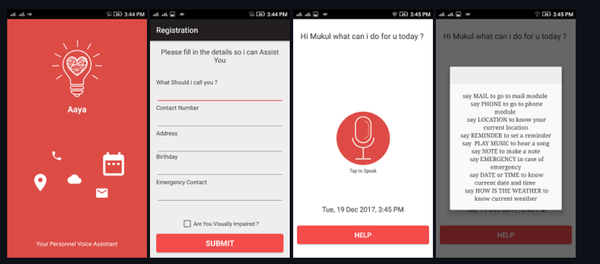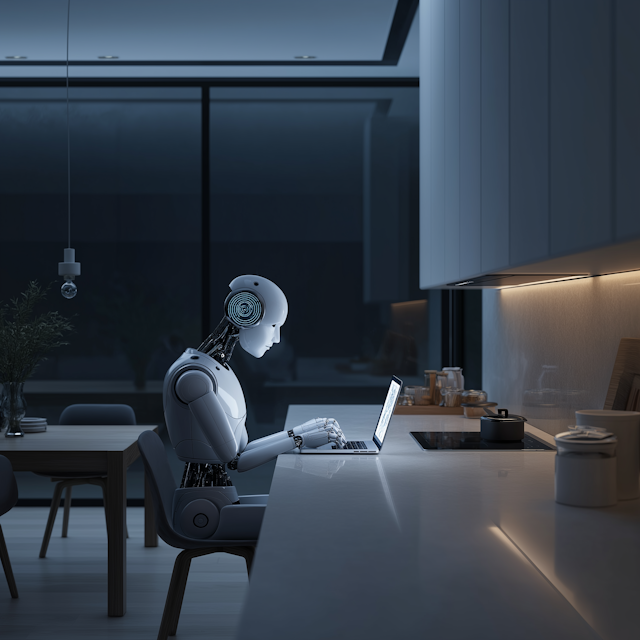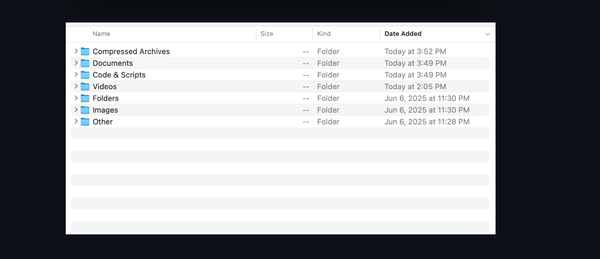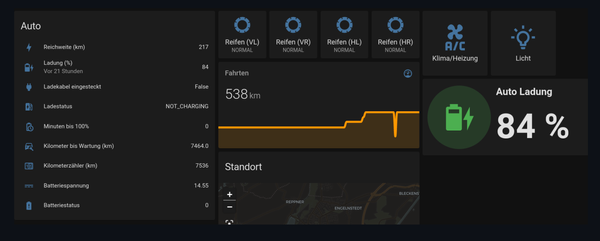John Oliver Declares War on AI Slop – And Humanity Should Be Paying Attention
Table of Content
Artificial Intelligence has brought us many things: self-driving cars, voice assistants, and the occasional deepfake of Nicolas Cage appearing in every movie ever made. But one of its most insidious byproducts is something far more sinister, AI Slop.
Yes, slop . That’s the term being used for the endless wave of cheap, algorithmically-generated content flooding our feeds, clogging up Pinterest boards, and making your aunt cry real tears over a video of a pug raising a baby on a desert island.
And now, John Oliver has officially declared war on it, so as you!
In a recent episode of Last Week Tonight , Oliver took a deep dive into the world of AI Slop, explaining what it is, where it comes from, and why it's not just annoying, it's dangerous, for us, humans!
So What Exactly Is AI Slop?
AI Slop refers to low-effort, mass-produced content generated using artificial intelligence tools. It can be anything from fake news articles and AI-generated music (yes, there’s an AI country band called The Devil Inside ), to bizarre images like “a Jesus made out of straws, feathers and twigs” or people taking a selfie with Jesus while flying through heaven.
This stuff isn’t created to inform or entertain in any meaningful way. It’s produced at scale as mass production in no time, often by people looking to game social media algorithms for views, ad revenue, or affiliate commissions. The goal? To make as much clickable content as possible without investing time, creativity, or talent.
And thanks to freely available AI tools, anyone with a laptop and a dream can now generate thousands of viral-ready posts in minutes.
Why Is AI Slop Dangerous?
At first glance, AI Slop might seem harmless—just another internet fad that will eventually fade away. But its consequences run deeper than you might think.
1. It Steals From Real Artists
AI generators don’t create from scratch, they scrape the web, training on millions of images, songs, and texts created by real humans. This means artists, photographers, musicians, and designers are seeing their work stolen, repurposed, and sold back to them without consent or compensation.
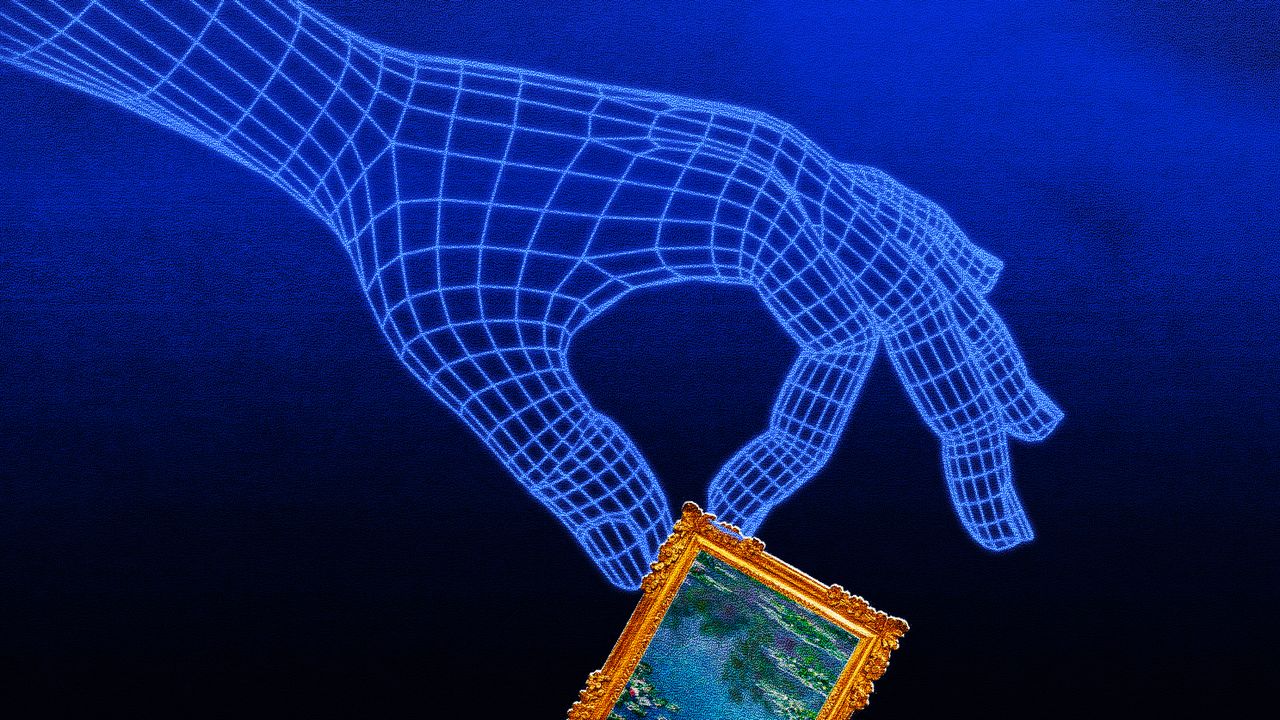
2. It Ruins Useful Platforms
Pinterest users are now fleeing the platform because it’s overrun with AI-generated home decor ideas that look like they were dreamed up by a dying IKEA catalog. Real people sharing real inspiration are getting buried under waves of synthetic junk.
Same goes for YouTube, TikTok, Facebook, and even Spotify. You could spend hours scrolling only to realize none of it was made by actual humans.
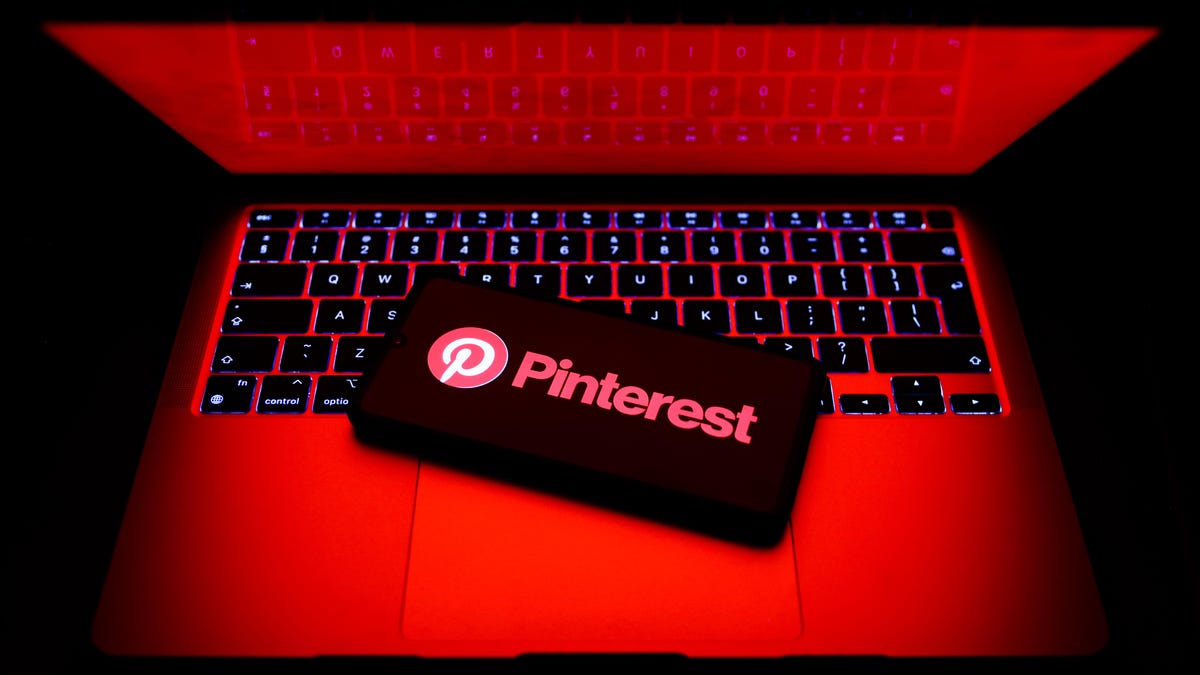
3. It Undermines Truth
Even when people become skeptical of what they see online, that skepticism can backfire. The so-called "liar’s dividend" allows bad actors to dismiss real footage as AI-generated. For example, conspiracy theorists claimed real photos of Gavin Newsom were AI fakes. Donald Trump himself denied real videos of his gaffes by blaming AI.
4. It Misleads People

One of the most alarming aspects of AI Slop is how easily it fools people. In Oliver’s segment, he showed comments from viewers who believed completely fictional scenarios were real, like a judge banning someone from wearing a cross in court. Worse still, some AI videos depict disasters that never happened, leading to confusion and panic.
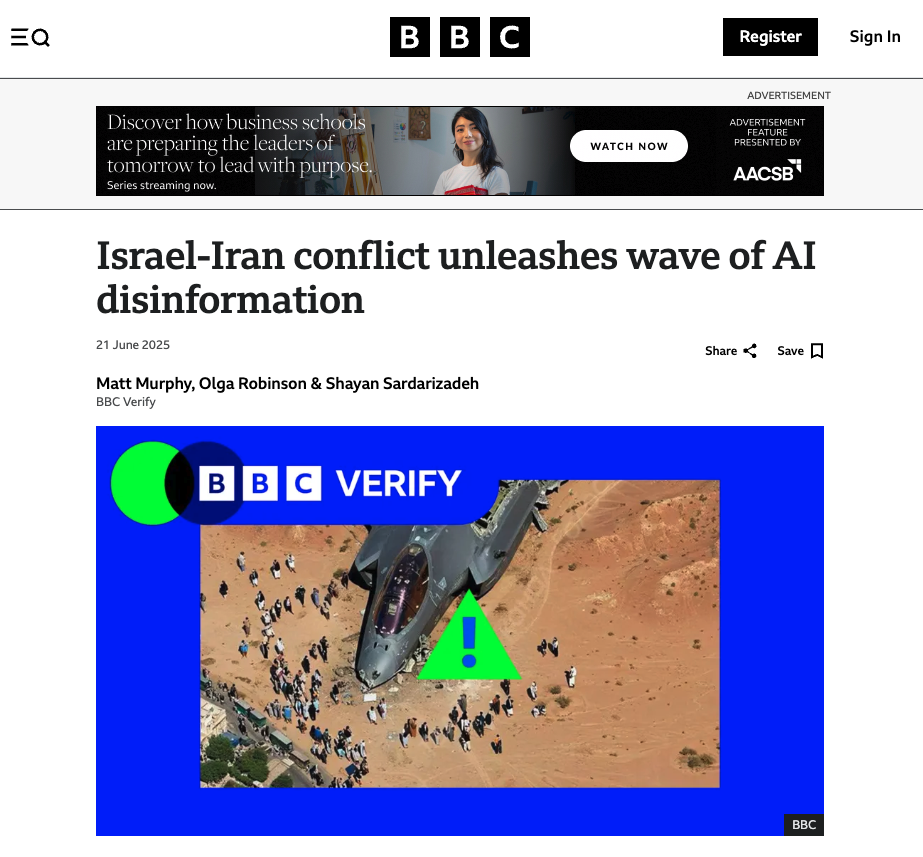
During the Israel-Iran conflict and natural disasters like North Carolina floods, AI-generated images have been used to spread misinformation. First responders have reported being misled by fake visuals, wasting precious resources trying to help victims who didn’t exist.
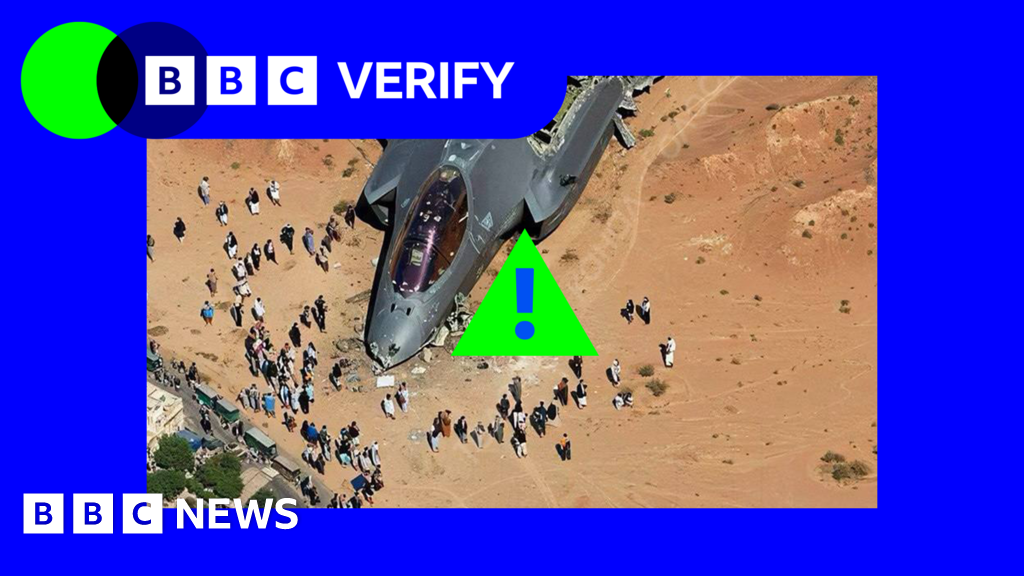
How Does One Make AI Slop Anyway?
As it turns out, it’s disturbingly easy. Here’s the three-step process outlined by Oliver:
- Create a Social Media Account : Buy a pre-made account with followers or build one organically.
- Generate Content Using AI Tools : Use free or paid AI tools to create hundreds of clickbait images, videos, or audio tracks per day.
- Monetize Through Ads or Affiliate Links : Platforms pay creators based on engagement, and slop gets clicks—even if it’s just because people are confused.
Can We (Humans) Fight Back the AI Slop?
Not easily, may be or may be not!
Some platforms, like Meta, have started requiring labels for AI-generated content, but only for realistic audio and video. Images, which are arguably the most abused format, aren’t covered.
1- Block The AI Slop Accounts!
You can try blocking accounts that post AI Slop or clicking “not interested,” but ultimately, the system rewards engagement, not quality or authenticity. Platforms prioritize what gets clicks, and Slops thrives on confusion, outrage, and curiosity.
Until algorithms start valuing truth over traffic, we’re all just playing whack-a-mole with nonsense. So go ahead, block, report, rage-quit, but don’t expect the machines to care.
2- Do Not Share or Reshare AI Generated Content!
Every time you reshare AI slop, you give it oxygen. Whether it’s a bizarre image, fake news video, or AI-generated music, sharing it boosts its reach and rewards the system that produces it.
Even if you're just reacting in shock or humor, the algorithm sees engagement, and serves more of the same junk. This isn’t just about clutter; it’s about stealing from real creators, spreading misinformation, and eroding trust. If we stop feeding the beast, maybe, just maybe, it’ll starve.
Final Thoughts
AI Slop is here to stay, for now. It’s profitable, addictive to algorithms, and increasingly hard to spot. But it also threatens the very fabric of creative culture and objective truth.
We’re still here. We’re still human.
And we’re still fighting. I will not share AI-generated videos or images.





